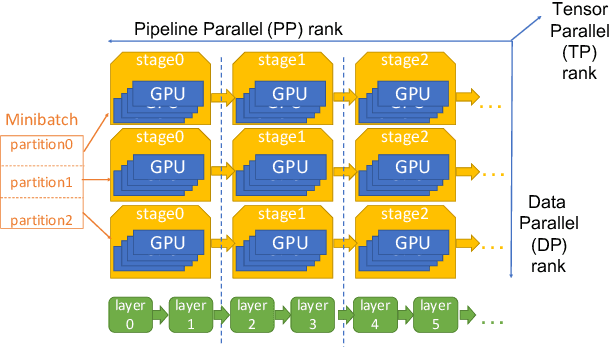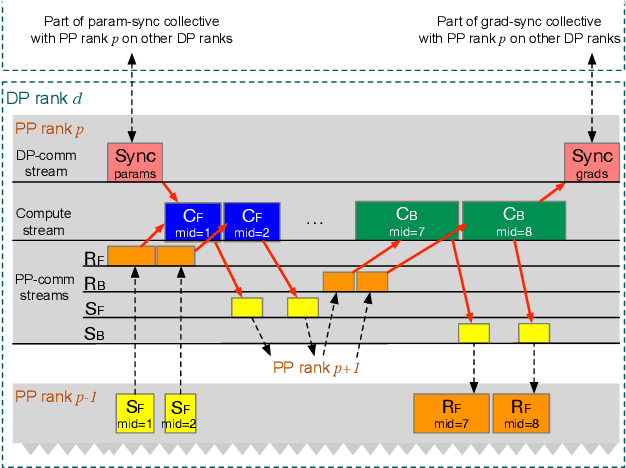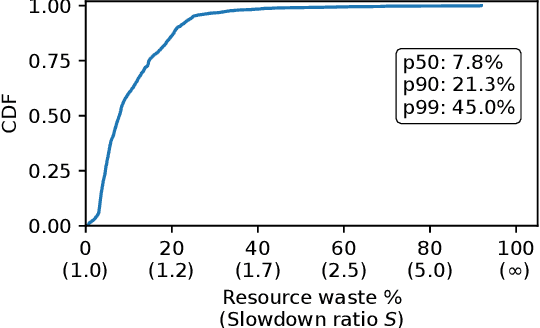Chenyuan Wang
FPI-Det: a face--phone Interaction Dataset for phone-use detection and understanding
Sep 11, 2025Abstract:The widespread use of mobile devices has created new challenges for vision systems in safety monitoring, workplace productivity assessment, and attention management. Detecting whether a person is using a phone requires not only object recognition but also an understanding of behavioral context, which involves reasoning about the relationship between faces, hands, and devices under diverse conditions. Existing generic benchmarks do not fully capture such fine-grained human--device interactions. To address this gap, we introduce the FPI-Det, containing 22{,}879 images with synchronized annotations for faces and phones across workplace, education, transportation, and public scenarios. The dataset features extreme scale variation, frequent occlusions, and varied capture conditions. We evaluate representative YOLO and DETR detectors, providing baseline results and an analysis of performance across object sizes, occlusion levels, and environments. Source code and dataset is available at https://github.com/KvCgRv/FPI-Det.
Understanding Stragglers in Large Model Training Using What-if Analysis
May 09, 2025



Abstract:Large language model (LLM) training is one of the most demanding distributed computations today, often requiring thousands of GPUs with frequent synchronization across machines. Such a workload pattern makes it susceptible to stragglers, where the training can be stalled by few slow workers. At ByteDance we find stragglers are not trivially always caused by hardware failures, but can arise from multiple complex factors. This work aims to present a comprehensive study on the straggler issues in LLM training, using a five-month trace collected from our ByteDance LLM training cluster. The core methodology is what-if analysis that simulates the scenario without any stragglers and contrasts with the actual case. We use this method to study the following questions: (1) how often do stragglers affect training jobs, and what effect do they have on job performance; (2) do stragglers exhibit temporal or spatial patterns; and (3) what are the potential root causes for stragglers?
 Add to Chrome
Add to Chrome Add to Firefox
Add to Firefox Add to Edge
Add to Edge